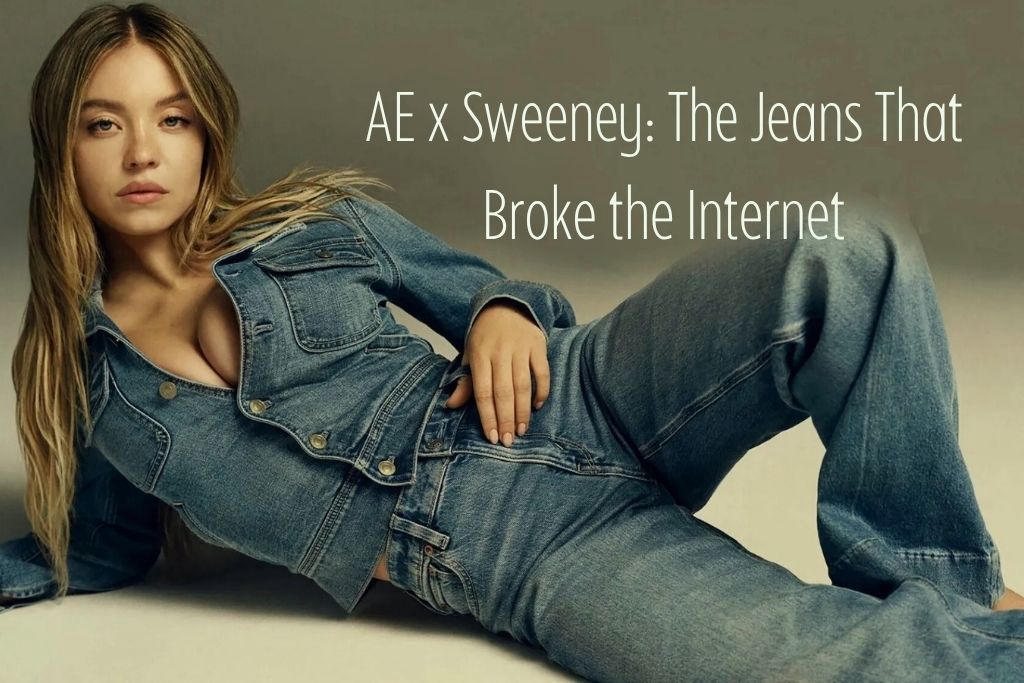Behind the Backlash: Sydney Sweeney’s Role in American Eagle’s PR Storm

It started like every dream campaign: a major fashion brand, a trending Hollywood star, and a Gen Z-friendly aesthetic. But for American Eagle, their latest campaign featuring Sydney Sweeney didn’t go quite as planned. Instead of applause, it sparked a wave of backlash online, leading to a PR crisis that every brand marketer should pay close attention to
When American Eagle unveiled its Spring 2025 campaign starring Euphoria sensation Sydney Sweeney, it was designed to blend star power with mass-market appeal. Her relatable image and Gen Z following made her the perfect face for the brand’s message of comfort, confidence, and cool.
But within days, what was meant to be a feel-good campaign became front-page controversy.
So what went wrong?
Let’s unpack the controversy, explore where American Eagle missed the mark, and share actionable insights to help your brand avoid similar missteps.
The Backlash Begins: Why the Internet Turned
The campaign featured a series of ads portraying Sweeney in stylized Americana backdrops, leaning into rustic visuals and nostalgic vibes. But Gen Z audiences weren’t having it.
Complaints included:
- The campaign being “tone-deaf” during economic instability
- Accusations of cultural appropriation in certain imagery
- Sydney Sweeney’s previous family-related political controversies resurfacing
Within 72 hours of the campaign’s launch, #BoycottAmericanEagle was trending on X (formerly Twitter).
Then Came Trump: Adding Fuel to the Fire
The controversy might have faded into the background — until Donald Trump chimed in:
“American Eagle used to be great. Now they’re woke and broke. Look what happened when they hired Sydney Sweeney. Total disaster!”
This single tweet exploded the situation into a full-blown PR crisis. Trump’s post garnered over 8 million views and 150,000+ engagements, with both supporters and critics weighing in.
Suddenly, the conversation had shifted from brand aesthetics to political ideology — and American Eagle was caught in the crossfire.
Sales and Sentiment: How the Brand Was Impacted
The fallout wasn’t just digital — it hit the bottom line. According to third-party retail data:
- 📉 Sales declined by 12% week-over-week following the controversy
- 🔻 Foot traffic dropped by an average of 9% in major urban stores
- 🧾 Social sentiment turned negative (from 82% positive to 68% negative)
- 📉 Stock value slipped 4.7% in the five days post-Tweet
What Could American Eagle Have Done Differently?
- Chosen a brand ambassador with less controversy and better alignment.
- Released a proactive statement addressing their decision to work with Sydney.
- Focused on authentic storytelling over viral aesthetics.
- Hosted a live Q&A or behind-the-scenes to humanize the campaign.
PR Missteps That Fueled the Fire
1. No Immediate Response
AE waited too long to address the backlash, allowing the conversation to spiral unchecked.
Tip: Real-time responses matter. Even a short acknowledgement can de-escalate a PR situation.
2. Lack of Transparency
AE’s initial silence made them appear indifferent. Once statements were made, they felt vague and corporate.
Tip: Transparency = trust. Be clear about your brand’s stance and reasoning behind partnerships.
3. Ignoring Community Feedback
User comments and concerns were deleted from AE’s social platforms, which only made things worse.
Tip: Never silence your audience. Moderate, yes. Erase? No.
What Brands Can Learn from This
1. Do a Digital Deep Dive
Before collaborating, analyze the influencer’s digital footprint. Look beyond the follower count.
2. Listen to Your Audience
Use tools like Sprout Social or Hootsuite Insights to stay tapped into sentiment before and after launch.
3. Create Crisis Protocols
Have a PR crisis playbook ready. Identify spokespersons, draft response templates, and establish a rapid response timeline.
4. Leverage Micro-Influencers
Smaller creators often have higher trust and more engaged communities. Plus, they’re often less risky.
What This Means for Marketers & Brands
As a digital marketing agency, here’s what we think brands need to take away from this PR disaster:
1. Influencer Partnerships Must Be Thoroughly Vetted
Don’t just analyze an influencer’s engagement rate — consider their public history, affiliations, and potential for polarizing attention.
2. Your Brand Is Not Immune from Politics
Even apolitical campaigns can get caught up in political agendas. In the age of polarized audiences, neutrality is often interpreted as complicity.
3. Speed is Everything in a PR Crisis
American Eagle waited too long to release a statement — and when they did, it felt vague. Transparency and speed are essential to regain control of the narrative.
4. Cultural Sensitivity Is No Longer Optional
With Gen Z leading consumer conversations, brands must get cultural tone right. Even unintended missteps are unforgivingly called out.
How to Future-Proof Your Brand Campaigns
Here’s a quick checklist to avoid walking into your own PR storm:
✅ Run pre-launch sentiment analysis with diverse focus groups
✅ Audit influencer partnerships for past controversies
✅ Create a real-time brand monitoring dashboard
✅ Build a reactive PR and social team with escalation protocols
✅ Prepare a “break glass in case of emergency” crisis content pack
Final Thoughts: Your Brand Is Only as Good as Its Reputation
In 2025, consumers see straight through marketing fluff. If your brand doesn’t walk the walk, Gen Z will call it out—loudly and publicly. The Sydney Sweeney x American Eagle backlash is a cautionary tale, but it’s also a learning opportunity.
Influencers can elevate your brand, but only if the partnership is genuine, thought-through, and backed by value alignment.
Call to Action
Want to future-proof your brand from PR disasters? Let’s talk strategy.
📩 Contact our team today for a free audit of your influencer marketing plan.
